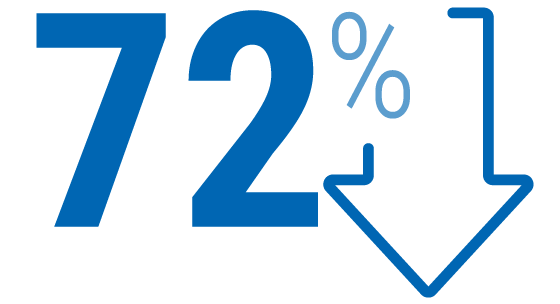
Your Schedule, Your Way
Load and unload cassettes on your schedule, not the instrument's. The unique dual‐retort design, short cycle times and flexible protocols give you the flexibility to establish and adapt a workflow to meet the demands of your laboratory every day.
The Role of Dual Retort Processors in Preserving Nucleic Acid Integrity
From a molecular diagnostics perspective, the benefits of multiple batch tissue processing protocols go beyond high quality microscopy, workload flexibility, and cost efficiency. Single-batch processing can lead to tissue damage or loss for non-routine specimens, while separating samples according to their properties protects processed tissues from damage, enabling easier recovery of biomolecules and more efficient analysis of nucleic acids.

More Benefits of Leica Biosystems Dual Retort Tissue Processors
Compared to multiple single-retort tissue processors (300 cassettes capacity each), dual-retort systems offer your laboratory up to:
The 2-In-1 Instrument that Saves Your Valuable Lab Space

A processing model that allows for overlapping runs can only be accomplished by moving from one tissue processor to two tissue processors or from a single retort processor to a dual-retort processor.
Compared to two single-retort tissue processors a dual-retort instrument saves valuable lab space. View a size comparison below of the Histocore PEGASUS vs. other single-retort processors side by side.
| HistoCore PEGASUS | 804mm (W) x 715mm (D) |
| Competitor A (Two Side by Side) | 1200mm (W) x 680mm (D) |
| Competitor B (Two Side by Side) | 1700mm (W) x 580mm (D) |
For in-vitro diagnostic use.


